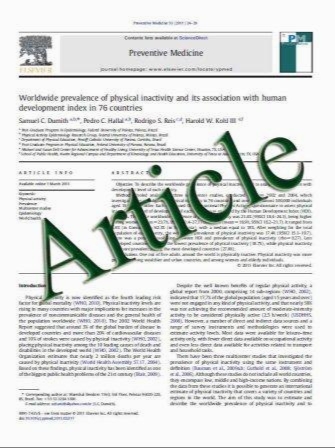Anterior labroligamentous periosteal sleeve avulsion lesion in arthroscopic capsulolabral repair for anterior shoulder instability
- نوع فایل : کتاب
- زبان : انگلیسی
- مؤلف : Bong Gun Lee • Nam Su Cho • Yong Girl Rhee
- چاپ و سال / کشور: 2011
Description
Purpose This study aims to compare the associated lesions, clinical results, and postoperative recurrence rates in patients with ALPSA lesions (ALPSA group) versus those with Bankart lesions or Perthes lesions (Bankart group) in arthroscopic capsulolabral repair for anterior shoulder instability. Methods Two hundred and twenty-two patients (227 shoulders) who had been followed for a minimum of 1 year were enrolled for this study. Mean age at the time of first dislocation was 19.5 ± 4.8 years. Mean age at the time of operation was 23.3 ± 4.6 years. One hundred and seventyfour shoulders were included in the Bankart group and fifty-three shoulders in the ALPSA group. Results The mean preoperative number of dislocations was significantly higher in the ALPSA group with 12.3 ± 6.2 times than in the Bankart group with 6.9 ± 5.7 times. No statistically significant differences were found in final clinical results except postoperative loss of external rotation (P\0.01) between the two groups. The ALPSA group had significantly higher rates of the lesion extended to the superior part of the 2 o’clock position (P\0.01), synovitis (P\0.01), glenoid erosion (P\0.01), large Hill–Sachs lesions (P\0.01), and engaging Hill–Sachs lesions (P = 0.03). The recurrence rate was 15.1% in the ALPSA group, more than twice the rate in the Bankart group with 7.4% (P = n.s.). The size and engagement of Hill–Sachs were significantly associated with redislocation (P\0.01, P = 0.02). Conclusions Compared with the Bankart group, the ALPSA group showed a significantly higher number of preoperative dislocations, an associated larger-sized Hill– Sachs lesion, and a higher tendency to develop into an engaging Hill–Sachs lesion. In addition, the ALPSA group presented a higher tendency to redislocate and significant postoperative loss of external rotation after capsulolabral repair. Level of evidence Retrospective comparative study, Level III.
Knee Surg Sports Traumatol Arthrosc DOI 10.1007/s00167-011-1531-z Received: 27 June 2010 / Accepted: 28 April 2011


